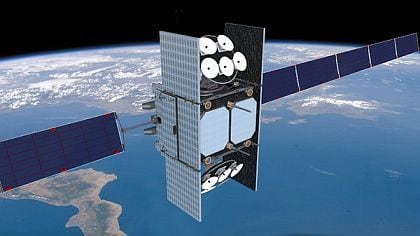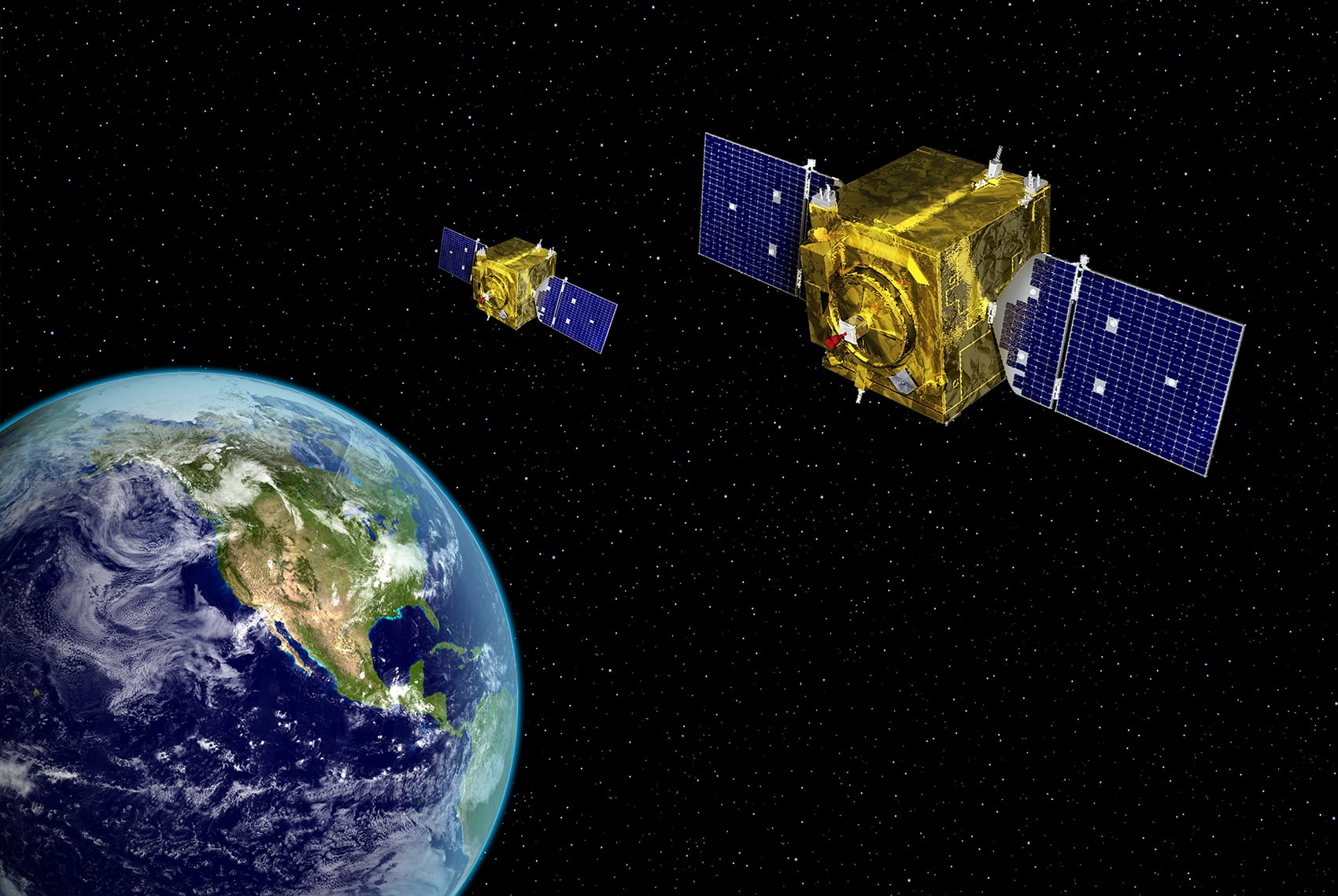The Space Force is seeking $1 billion from Congress for several unfunded priorities in fiscal year 2021, items that it didn’t include in its $15 billion budget request but would still like Congress to pay for.
While about 10 percent of the request is for classified programs, the remaining funding runs the gamut, from bolstering space situational awareness to accelerating the development of navigational satellites to establishing new commercial satellite communication capabilities in low earth orbit.
RELATED

The top priority is $137 million for advanced technologies, a category that is largely defined by classified spending. The Space Force is seeking $107 million for three classified programs with technologies it claims will advance space capabilities for the department.
The other $30 million would be used to accelerate the payload development of Navigation Technology Satellite-3, an experimental Air Force Research Laboratory satellite that will test position, navigation and timing technologies for future GPS satellites. The additional funding will put the program on track for an initial launch capability in 2022, making it more likely that new technologies could be incorporated into the next batch of GPS IIIF satellites.
Space war fighter development is the service’s No. 2 priority, with leaders asking for $14 million for improving classified training technologies and another $16 million to add two courses to the curriculum and to expand virtual access.
Space Force leaders also want more money for missile defense, with $149 million for the Space-Based Infrared System, a satellite constellation that uses infrared sensors to detect missile launches. The additional funding would primarily provide early on orbit testing of the fifth SBIRS satellite and accelerates the launch of the sixth. Additionally, the Space Force is seeking $40 million to upgrade its Early Warning Radar system and grow its Long Range Discrimination Radar portfolio.
For satellite communications, the Space Force is seeking an additional $175 million. The majority of that money ― $135 million ― will be used to accelerate the development of Enhanced Strategic SATCOM, a program that continues the Advanced Extremely High Frequency mission to provide protected, anti-jamming strategic satellite communications. The $135 million would be on top of the $71 million the Space Force has requested for that program in their fiscal year 2021 research, development, test and evaluation budget. The Space Force is also looking for $21 million to enhance the Advanced Extremely High Frequency program under the Space Modernization Initiative.
Other SATCOM investments included on the unfunded priority list are $15 million for the establishment of a proliferated low earth orbit commercial SATCOM capability and $5 million for further development of Protected Anti-jam Tactical SATCOM programs.
The Space Force also wants $110 million to bolster its space situational awareness, seeking $72 million for the rapid fielding of a follow-on to Operationally Responsive Space 5, a satellite launched in 2017 to provide optical tracking of satellites in geosynchronous orbit. The rest of the funding would go toward investments in Commercial Space Situational Awareness Data, the Geo Space Situational Awareness Program ISR Cell and Japanese space domain awareness and command and control communication.
Other unfunded priorities include $255 million to speed up launch procurement for the sixth and seventh GPS III satellites, $22 million for Next-Gen Transportable Electronic Warfare and Next-Gen Laser De-confliction, and $80 million for infrastructure.
Nathan Strout covers space, unmanned and intelligence systems for C4ISRNET.
Joe Gould was the senior Pentagon reporter for Defense News, covering the intersection of national security policy, politics and the defense industry. He had previously served as Congress reporter.








